Related Research Articles

Sir Frederick Grant Banting was a Canadian medical scientist, physician, painter, and Nobel laureate noted as the co-discoverer of insulin and its therapeutic potential.
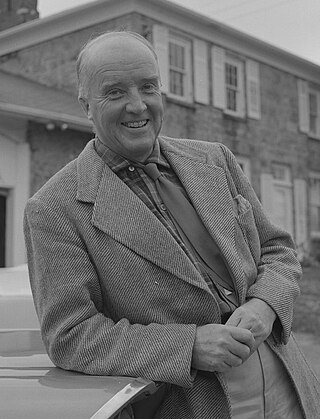
Charles Herbert Best, was an American-Canadian medical scientist and one of the co-discoverers of insulin.

Gerty Theresa Cori was an Austrian-American biochemist who in 1947 was the third woman to win a Nobel Prize in science, and the first woman to be awarded the Nobel Prize in Physiology or Medicine, for her role in the "discovery of the course of the catalytic conversion of glycogen".
Bernardo Alberto Houssay was an Argentine physiologist. Houssay was a co-recipient of the 1947 Nobel Prize for Physiology or Medicine for discovering the role played by pituitary hormones in regulating the amount of glucose in animals, sharing the prize with Carl Ferdinand Cori and Gerty Cori. He is the first Latin American Nobel laureate in the sciences.

George Emil Palade was a Romanian-American cell biologist. Described as "the most influential cell biologist ever", in 1974 he was awarded the Nobel Prize in Physiology and Medicine along with Albert Claude and Christian de Duve. The prize was granted for his innovations in electron microscopy and cell fractionation which together laid the foundations of modern molecular cell biology, the most notable discovery being the ribosomes of the endoplasmic reticulum – which he first described in 1955.
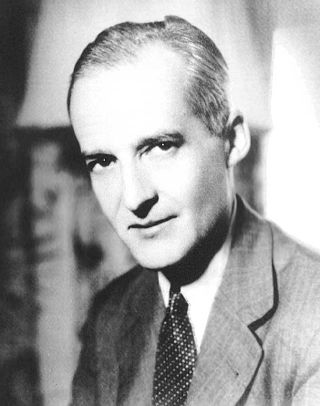
Luis Federico Leloir was an Argentine physician and biochemist who received the 1970 Nobel Prize in Chemistry for his discovery of the metabolic pathways by which carbohydrates are synthesized and converted into energy in the body. Although born in France, Leloir received the majority of his education at the University of Buenos Aires and was director of the private research group Fundación Instituto Campomar until his death in 1987. His research into sugar nucleotides, carbohydrate metabolism, and renal hypertension garnered international attention and led to significant progress in understanding, diagnosing and treating the congenital disease galactosemia. Luis Leloir is buried in La Recoleta Cemetery, Buenos Aires.

William Daniel Phillips is an American physicist. He shared the Nobel Prize in Physics, in 1997, with Steven Chu and Claude Cohen-Tannoudji.
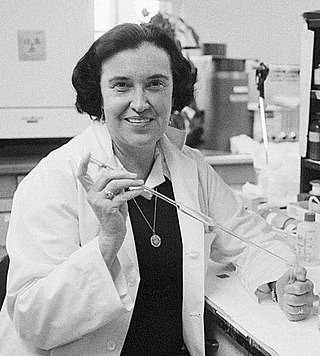
Rosalyn Sussman Yalow was an American medical physicist, and a co-winner of the 1977 Nobel Prize in Physiology or Medicine for development of the radioimmunoassay technique. She was the second woman, and the first American-born woman, to be awarded the Nobel Prize in Physiology or Medicine.

The Daniel Guggenheim Medal is an American engineering award, established by Daniel and Harry Guggenheim. The medal is considered to be one of the greatest honors that can be presented for a lifetime of work in aeronautics. Its first recipient was Orville Wright. Other recipients have included American and international individuals from aeronautical corporations, governments, and academia.
The IEEE Edison Medal is presented by the Institute of Electrical and Electronics Engineers (IEEE) "for a career of meritorious achievement in electrical science, electrical engineering, or the electrical arts." It is the oldest medal in this field of engineering. The award consists of a gold medal, bronze replica, certificate, and honorarium. The medal may only be awarded to a new leap/breakthrough in the technological area of science.
Daniel Willett Foster was the John Denis McGarry, Ph.D. Distinguished Chair in Diabetes and Metabolic Research and Professor of Internal Medicine at the University of Texas Southwestern Medical School at Dallas. He was Chairman of the Department of Internal Medicine for 16 years. He was a Fellow of the American Academy of Arts and Sciences, a Fellow of the American Association for the Advancement of Science and a member of the Institute of Medicine of the National Academies. He was a Master of the American College of Physicians. He was also a former member of the President's Council on Bioethics.
The George Westinghouse Medal is named for George Westinghouse and awarded to in honor of "eminent achievement or distinguished service in the power field of mechanical engineering" by the American Society of Mechanical Engineers. There is a Gold medal and a Silver medal. The silver medal may only be awarded to someone under 45 years of age.

Glory Enough for All is a 1988 Canadian television movie directed by Eric Till and written by Grahame Woods, depicting the discovery and isolation of insulin by Frederick Banting and Charles Best. It was the winner of nine 1989 Gemini Awards. The film stars R. H. Thomson as Banting, and Robert Wisden as Best. It is based on the books The Discovery of Insulin and Banting: A Biography by historian Michael Bliss.
The American Surgical Association is the oldest surgical organization in the United States.
The John Fritz Medal has been awarded annually since 1902 by the American Association of Engineering Societies (AAES) for "outstanding scientific or industrial achievements". The medal was created for the 80th birthday of John Fritz, who lived between 1822 and 1913. When AAES was dissolved in 2020, the administration of the Fritz medal was transferred to the American Institute of Mining, Metallurgical, and Petroleum Engineers (AIME), and is currently coordinated by AIME member society, the Society of Mining, Metallurgy, & Exploration (SME).
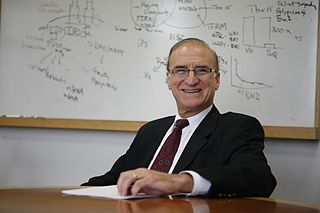
Carl Ronald Kahn is an American physician and scientist, best known for his work with insulin receptors and insulin resistance in diabetes and obesity. He is the Chief Academic Officer at Joslin Diabetes Center, the Mary K. Iacocca Professor of Medicine at Harvard Medical School and a member of the National Academy of Sciences since 1999.
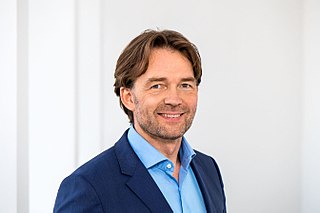
Matthias H. Tschöp is a German physician and scientist. He is the chief executive officer and scientific director of Helmholtz Zentrum München, German Research Center for Environmental Health. He is also Alexander von Humboldt Professor and chair of metabolic diseases at Technical University of Munich and serves as an adjunct professor at Yale University.
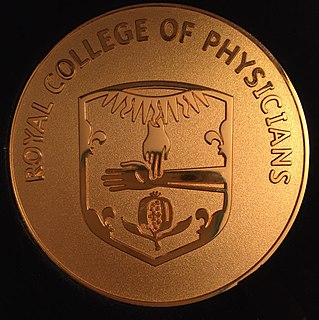
The Baly Medal is a biennial award awarded by the Royal College of Physicians of London.
Barbara B. Kahn is an endocrinologist and the George Richards Minot professor of medicine at Harvard Medical School. She is also the vice chair for research strategy in the department of medicine at Beth Israel Deaconess Medical Center, and was formerly the chief of the Division of Endocrinology, Diabetes, and Metabolism at Beth Israel Deaconess. Her research focuses on insulin resistance and type 2 diabetes.
The George M. Kober Medal and Lectureship are two different awards by the Association of American Physicians (AAP) in honor of one of its early presidents, George M. Kober. The George M. Kober Lectureship, is an honor given to an AAP member "for outstanding research contributions which have extraordinary impact on patients"; beginning in 1925, the Lectureship has been awarded every three years. The George M. Kober Medal, started in 1927, has, beginning in 1929, been awarded annually to an AAP member "whose lifetime efforts have had an enormous impact ..."
References
- 1 2 Wood, Matt (2013-06-19). "Graeme Bell Wins Banting Medal for Scientific Achievement Award". Science Life. Retrieved 2019-12-04.
- ↑ "The Nobel Prize in Physiology or Medicine 1923". NobelPrize.org. Retrieved 2019-12-04.
- ↑ "FREDERICK ALLEN, PHYSICIAN, WAS 84; Authority on Diabetes Dead —Won Banting Medal". The New York Times. 1964-01-13. ISSN 0362-4331 . Retrieved 2019-12-04.
- ↑ American Diabetes Association, 79th Scientific Sessions (PDF; 2,0 MB), S. 2; retrieved 11 April 2019.
- ↑ "Exceptional Leaders in Diabetes Research, Prevention and Treatment to be Recognized at ADA's 81st Scientific Sessions" (PDF; 269 kB). diabetes.org. American Diabetes Association. 2021-03-08.
- ↑ https://professional.diabetes.org/content-page/2022-national-scientific-health-care-achievement-award-recipients
- ↑ https://professional.diabetes.org/content-page/2023-national-scientific-health-care-achievement-award-recipients